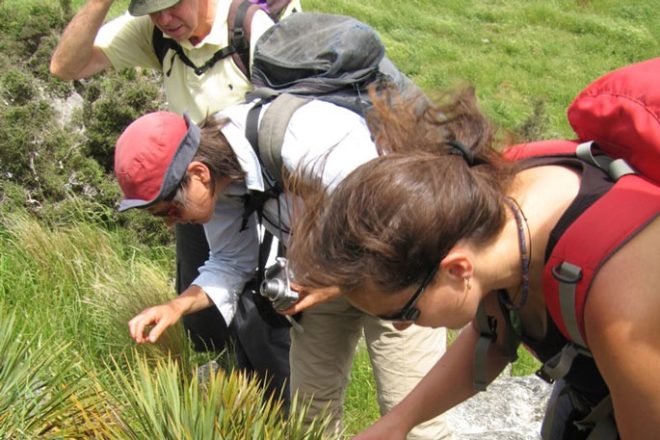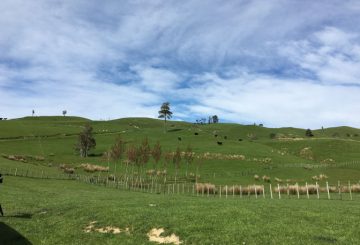Ang mga mananaliksik mula sa University of Canterbury at ang kanilang mga kasosyo ay bumuo ng isang app na tinatawag na Find-A-Pest upang matulungan ang mga New Zealanders na labanan laban sa mga nasasakay na peste. Pinapayagan ng app ang mga gumagamit na makilala at mag-ulat ng mga nasasakay na halaman, hayop, at insekto, na tumutulong upang protektahan ang kapaligiran ng New Zealand.
Ang app ay natatangi sa New Zealand dahil lumilikha ito ng isang database ng impormasyon ng peste, na ginagamit ng maraming mga organisasyon, kabilang ang Ministry of Primary Industries, ang Department of Conservation, mga konseho ng rehiyon, at pangunahing grupo ng industriya.
Sinabi ng Associate Professor na si Steve Pawson, na nagpapayo sa app, maaari rin itong magamit bilang isang tool sa pang-edukasyon. Gumagamit ang app ng artipisyal na katalinuhan (AI) upang makilala ang mga peste at nagbibigay ng impormasyon tungkol sa kanilang mga tirahan, host, at pamamahagi. Kinumpirma ng isang koponan ng mga eksperto ang mga pagkakakilanlan na ito at nagbibigay ng puna sa mga gumagamit.
Ang Find-A-Pest ay isang mahalagang mapagkukunan para sa sinumang interesado sa protektahan ang kapaligiran. Sa pamamagitan ng paggamit ng app, makakatulong ang mga indibidwal na makita ang mga peste nang maaga, sinusuportahan ang mga pagsisikap sa pamamahala ng peste at
Ang Ministry of Primary Industries (MPI) ay gumaganap ng isang makabuluhang papel sa pagbuo ng Find-A-Pest mula nang ilunsad ito noong 2018. Sinabi ng MPI Chief Biosecurity Officer na si Peter Thompson na ang app ay isa pang tool sa biosecurity toolbox, na hinihikayat sa mas maraming tao na makatulong na protektahan ang kapaligiran mula sa mga nasasakay na species.
Hindi kailangang maging mga dalubhasa sa peste mismo ang mga gumagamit. Tumutulong ang AI na makilala ang species, at pagkatapos ay sinusuriin ng isang eksperto ang pagkakakilanlan. Matapos ang puna mula sa mga gumagamit, na-update ang app upang magbigay ng mga offline na kakayahan, agarang pagkakakilanlan, isang simpleng proseso ng pag-uulat, at pangunahing impormasyon upang turuan ang mga gumagamit tungkol sa mga peste sa New Zealand.
“Hindi kapani-paniwalang nasasabik kami sa pag-update na ito,” sabi ng Associate Professor Pawson. “Ang aming koponan ay nagtrabaho nang walang pagod upang isama ang feedback mula sa aming mga gumagamit at maghatid ng mas mahusay na karanasan. Naniniwala kami na ang mga pagbabagong ito ay gagawing mas nakakaakit, madaling gamitin, at kapaki-pakinabang para sa lahat ang Find-A-Pest.
Maaaring ma-download ang app mula sa website ng Find a Pest.


















































-360x245.jpg)











